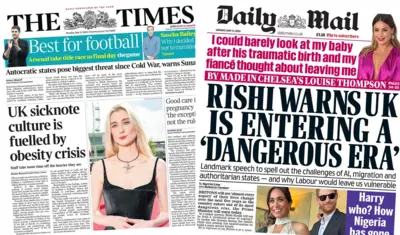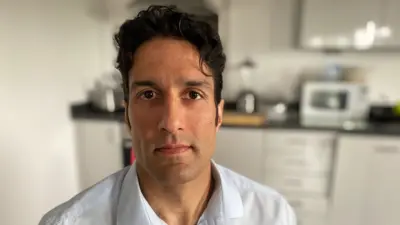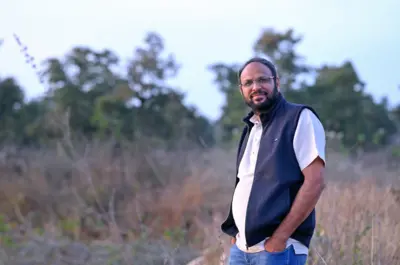We've updated our Privacy and Cookies Policy
We've made some important changes to our Privacy and Cookies Policy and we want you to know what this means for you and your data.
Road accidents biggest global killer of teenagers
Image source, Chananchida/Getty images
Road traffic injuries are the biggest killer of teenagers globally, international data released by the World Health Organization reveals.
In 2015, more than 1.2 million adolescents died. Road injuries were to blame for about one in 10 of these deaths.
Most of the road fatalities involved males between the ages of 10 and 19.
Chest infections and self-harm were the biggest global killers of girls and young women, however.
The top five killers of teens (aged 10-19):
1. Road injury
2. Lower respiratory infections
3. Self-harm (intentional and accidental suicide)
4. Diarrhoeal diseases
5. Drowning
According to the worldwide report, more than 3,000 adolescents die every day.
Over two-thirds of these deaths happen in low- and middle-income countries in Africa and South East Asia.
And most are preventable.
Road accidents
Most young people killed by the top cause - road crashes - are "vulnerable" road users: pedestrians, cyclists and motorcyclists.
Image source, jahmaica/Getty
Males aged 15-19 make up the biggest share of these 115,302 fatalities, mostly in poorer countries in Europe, the Americas and the Eastern Mediterranean region.
Although far fewer in number, road injuries are still the leading cause of adolescent death in high-income countries, shortly followed by deaths from self-harm.
In 2015 in Britain, road accidents killed 145 people aged 10-19, and left 3,166 more seriously injured.
According to UK experts, the transition between primary and secondary school, when children often begin to walk to school unassisted, can be a particularly risky time.
In some countries, such as the UK, road safety education and legislation encouraging drivers to slow down appears to be having the desired effect, reducing road accident rates, says the WHO report author, Dr Anthony Costello.
But other countries are lagging, he says.
The other big killers
Globally, adolescent deaths as a whole have been reducing.
But some fatalities are becoming more commonplace.
Deaths from self-harm are increasing in many regions, says Dr Costello.
"Self harm is a massive and increasing issue in many countries. We are seeing suicide rates go up.
"Adolescence is quite a stressful time of life. Young people need support, but adolescent health across the world has been largely neglected."
He says improving the way health systems serve adolescents is just one part of improving their health.
"Parents, families and communities are extremely important, as they have the greatest potential to positively influence adolescent behaviour and health."
The Global Accelerated Action for the Health of Adolescents report was produced by the WHO in collaboration with UNaids, Unesco, UNFPA, Unicef, UN Women, World Bank, the Every Woman, Every Child initiative and The Partnership for Maternal, Newborn, Child & Adolescent Health.
Top Stories
Features & Analysis
Most read
Content is not available








